Did you know? More than 65% of Kansas City trees grow in nutrient-deficient soils, leaving them vulnerable to disease and stunted growth. Yet, most homeowners overlook tree fertilization —the crucial step that can make all the difference in the vitality of your landscape. If you want your trees to thrive, not just survive, discover how tree fertilization Kansas City services can transform lackluster yards into vibrant outdoor havens.
Why Tree Fertilization Kansas City Is More Important Than You Think
In the Kansas City area, many homeowners assume their trees only need sunlight and water to reach full maturity. However, research and experience from certified arborists show that tree health largely depends on the nutrients available in the root zone . Unlike forests, city landscapes lack the natural leaf litter and organic matter that replenish soil nutrients. This leads to nutrient-deficient soils , which can dramatically reduce a tree’s longevity and resistance to disease.
Tree fertilization Kansas City programs do more than simply feed your trees. They restore the delicate balance that’s often disrupted by lawn care, construction, weather, or repeated mowing and raking. By strategically applying nutrients, you help trees and shrubs develop stronger roots, resist insect and disease pressure, and maintain their vitality and beauty season after season. Professional fertilization treatments are the missing link in comprehensive tree care for lasting, lush greenery.
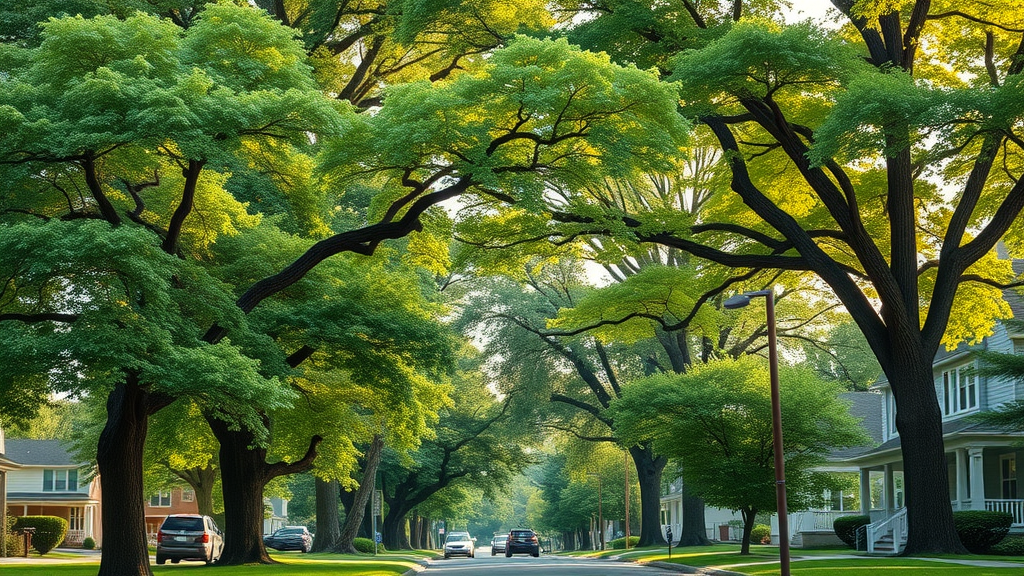
Most Kansas City trees experience nutrient-deficient soil, impacting tree health and longevity.
Discover how proper tree fertilization Kansas City can address these deficits and why your trees require more than just water.
Boost Your Landscape: Deep Root Fertilization and Certified Arborists in Kansas City
How Deep Root Fertilization Enhances Tree Health and Soil Quality
One of the most effective solutions for nutrient-deficient landscapes in the Kansas City area is deep root fertilization . This process involves using specialized equipment to inject high-quality nutrients directly into the root zone, well below the turf and compacted soil. This method ensures that trees, especially mature city trees with extensive root systems, get direct access to essential minerals that promote growth and stability.
By focusing on the root zone, deep root fertilization helps your trees and shrubs develop stronger, deeper roots. These roots are better equipped to absorb water and nutrients, especially during drought or extreme weather events—common in Kansas City. The result is visible: fuller canopies, healthier leaves, and greater resistance to insects and disease. Regular soil injections also help break up compacted soil, improving aeration and creating a healthier growing environment for all plants on your property.
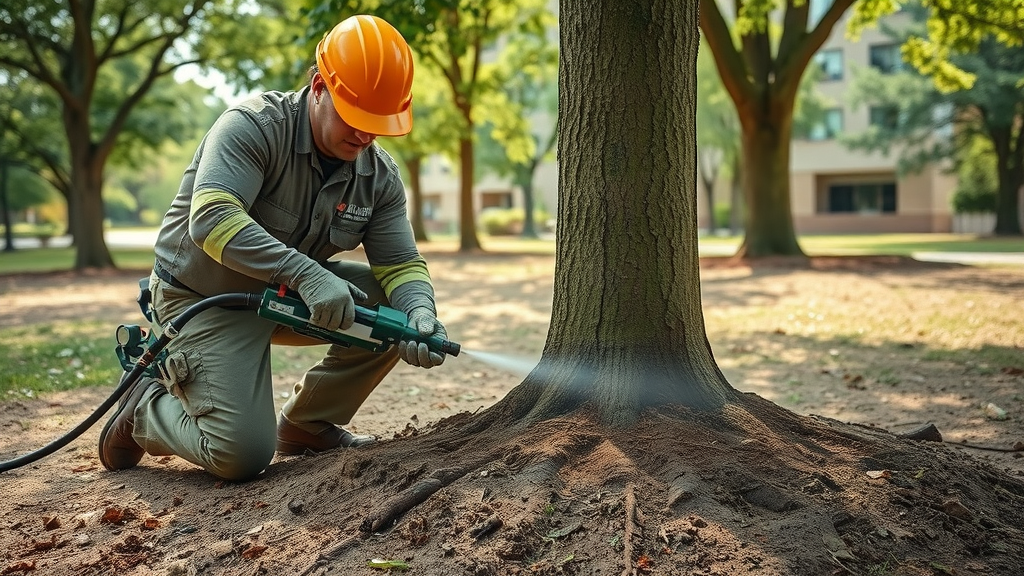
Selecting a Certified Arborist for Your Tree Fertilization Kansas City Needs
Choosing the right professional for your tree fertilization program is vital. Certified arborists bring in-depth knowledge of Kansas City’s unique soils, climate, and native tree species. These professionals understand how to tailor fertilization treatments for your specific trees and shrubs, ensuring optimal nutrient delivery without over-application, which can be harmful.
When searching for tree fertilization Kansas City providers, ask for credentials and specific experience in deep root and root fertilization. Certified arborists also conduct soil testing, diagnose insect and disease issues, and create a comprehensive tree care plan. By trusting a certified expert, you ensure safe application methods, environmental responsibility, and healthier, longer-living trees throughout your landscape.
Comprehensive Tree Care: Fertilization Programs and Lawn Care Integration
Integrating Fertilization Treatment with Overall Lawn Care for Kansas City Properties
Effective tree care doesn't stop at the trunk. Integrating tree fertilization Kansas City with your broader lawn care program is essential for maintaining healthy soil and a thriving landscape. Both trees and lawns can compete for the same nutrients in the soil. When fertilization treatments for your trees are expertly timed with those for your lawn, both receive the right balance of minerals without one outcompeting the other.
Professional arborists offer guidance on combining tree fertilization and lawn care schedules to maximize the benefits to your property. For example, deep root fertilization can be performed in the off-peak periods for lawns. This ensures your grass and your trees flourish simultaneously, delivering year-round curb appeal and robust plant health across your Kansas City area property.

Tailored Fertilization Program Options for Trees and Shrubs
No two Kansas City properties are identical, and neither are their trees and shrubs. That’s why customized fertilization programs are so important. Certified arborists assess your soil composition, plant species, and environmental conditions to develop a treatment schedule that addresses your unique needs. Whether your goal is rapid growth, improved disease resistance, or simply to maintain healthy, established trees, there’s a program designed for every objective.
These programs often include soil injections, deep root fertilization, and targeted nutrient blends for both trees and shrubs—helping evergreens maintain their vitality and boosting the resilience of native hardwoods. Discussing its consideration with a professional as part of your program ensures every tree and shrub receives attention tailored to maximize their beauty and longevity year after year.
Root Fertilization for Kansas City Trees and Shrubs: Methodology and Results
Ensuring Healthy Soil: Science-Backed Benefits of Root Fertilization in Kansas City
Healthy soil forms the cornerstone of every thriving landscape. Root fertilization methods in Kansas City use precise, science-backed techniques to enhance the nutrient content and structure of soil. By focusing on the areas where roots actively absorb water and minerals, arborists enable your trees and shrubs to maximize growth and resilience.
Soil injections deliver essential elements like nitrogen, phosphorus, and potassium right to the zones where they're most needed. This targeted approach not only revitalizes underperforming trees but also improves the surrounding soil, fostering a growing environment that supports robust, disease-resistant plants. Kansas City research shows that trees treated with modern root fertilization grow up to 30% faster and are significantly less susceptible to drought and pest stress.

"Proper tree fertilization in Kansas City can boost your trees’ growth by up to 30%—Certified Arborist, Kansas City."
How Much Does Tree Fertilization Cost in Kansas City?
Tree fertilization Kansas City pricing factors:
Size and type of tree
Type of fertilization program (deep root or surface)
Frequency of treatment
Whether a certified arborist is involved
Comparison of Tree Fertilization Kansas City Services: Average Costs, Treatments, Results | |||
Service Type |
Average Cost (per tree) |
Typical Treatment Frequency |
Expected Results |
|---|---|---|---|
Deep Root Fertilization |
$100–$180 |
1–2 times per year |
Increased growth, improved disease resistance |
Surface Fertilization |
$50–$100 |
1–3 times per year |
Gradual improvement in tree health |
Custom Fertilization Program (with Soil Analysis & Arborist Consultation) |
$200–$400 (per session) |
As prescribed by arborist |
Targeted results, optimized health based on species and soil needs |
Seasonal Timing: When Should You Start Tree Fertilization Kansas City?
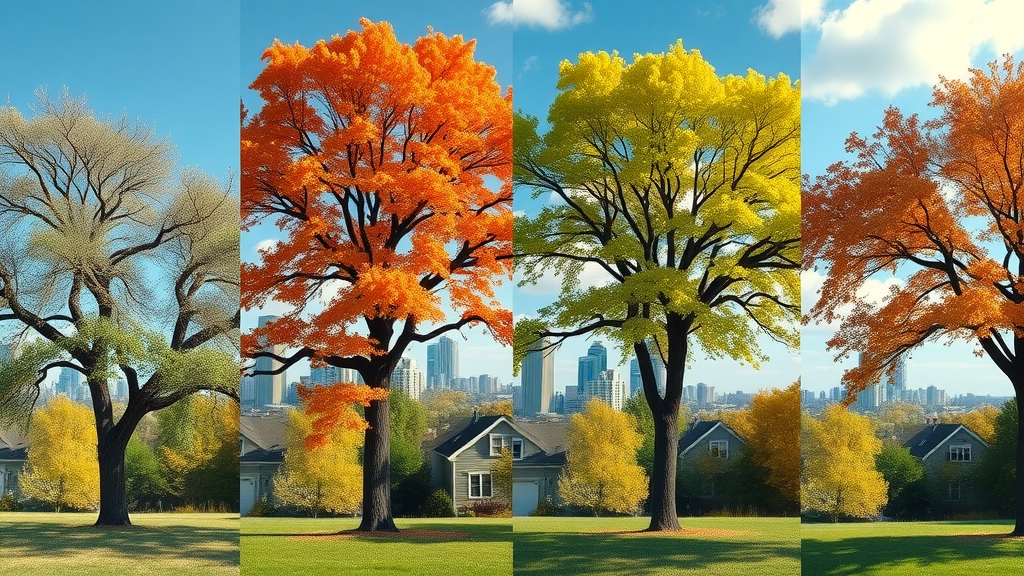
-
List of recommended months for Kansas City tree fertilization
Early spring
Late fall
Growth spurts
Why timing matters for optimal tree health
The timing of your tree fertilization Kansas City treatments is crucial for strong, healthy development. Early spring, when buds start to swell, is ideal because trees are entering a period of rapid growth and need additional nutrients to support leaf and root development. Late fall, just after the leaves drop, is another key window. At this point, trees allocate energy to root growth, enhancing winter resilience and preparing strong shoots for the following spring.
Scheduling fertilization during these periods, or during known growth spurts for your species, ensures the nutrients are used most efficiently. Missed timing can mean wasted product, underwhelming growth, or increased susceptibility to insects and disease. Professional arborists can help schedule fertilization treatments precisely, maximizing your investment in your city or suburban landscape.
Should You Fertilize a Struggling Tree in Kansas City? Expert Advice
Signs Your Trees and Shrubs Need Immediate Fertilization Treatment
Not all trees in Kansas City show their distress the same way. Some of the most telling signs your trees and shrubs require urgent fertilization include yellowing leaves , stunted annual growth, thin canopies, and dead branches. If you notice these issues—especially when your neighbor’s trees appear lush and green—it could be a sign of chronic nutrient deficiency in your soil.
Trees that suffer damage from construction, insect infestation, or drought are even more likely to benefit from fertilization treatment . Rapid intervention through deep root fertilization or soil injection may be the best way to restore your tree’s vitality and beauty. Never overlook struggling evergreens or ornamental shrubs; a qualified arborist’s assessment can determine the best course of action for every plant on your property.
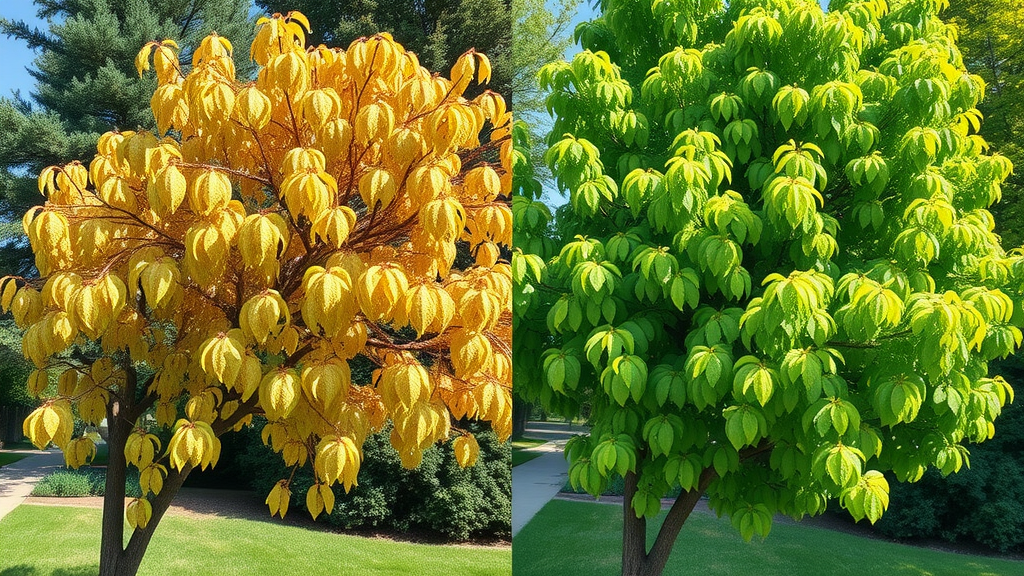
Best Trees for Kansas City: Selection and Tree Fertilization Considerations
-
List of top-performing trees for Kansas City neighborhoods:
Red Maple
White Oak
Eastern Redbud
Tree fertilization Kansas City recommendations by species
Selecting the right tree species for your Kansas City property can make a significant difference in long-term success and maintenance requirements. Red Maple , White Oak , and Eastern Redbud consistently perform well throughout the city area, with resilience to drought, urban soil challenges, and frequent temperature swings. However, each species benefits from tailored fertilization programs .
For example, Red Maples thrive with deep root fertilization rich in iron and magnesium to support their vibrant leaf color. White Oaks need phosphorus and potassium to help their widespread roots improve strength against storms. Eastern Redbuds, popular for their early-season flowers, benefit from balanced, slow-release nutrients, applied both in spring and late fall as part of an annual fertilization plan developed by your certified arborist. Matching fertilization to species ensures your landscape looks stunning and remains healthy for generations.
Frequently Asked Questions on Tree Fertilization Kansas City
Does every tree need deep root fertilization? Not all trees require deep root fertilization, but the process is highly recommended for mature city trees, those under stress, or those in urban environments with compacted or depleted soils. A certified arborist can determine the right approach for your unique landscape.
Can I combine tree fertilization with shrub and lawn care? Yes! Integrating tree fertilization with shrub and lawn care as part of a comprehensive program allows all your landscape plants to benefit from tailored nutrients. Professionals can help synchronize applications for maximum effect.
How do I select a qualified tree fertilization provider in Kansas City? Choose a company with certified arborists on staff, positive reviews in the Kansas City area, and a transparent, science-based approach to soil testing and root fertilization. Ask for references and read client testimonials before committing.
Transform Your Trees: Choose the Best Tree Fertilization Kansas City Program Today
Secure healthier, greener trees now by scheduling a consultation with a certified arborist for professional tree fertilization Kansas City services.
Take action now: Consult a certified arborist for personalized tree fertilization Kansas City —and watch your property transform with healthier, stronger, and more beautiful trees!
 Add Row
Add Row  Add
Add 

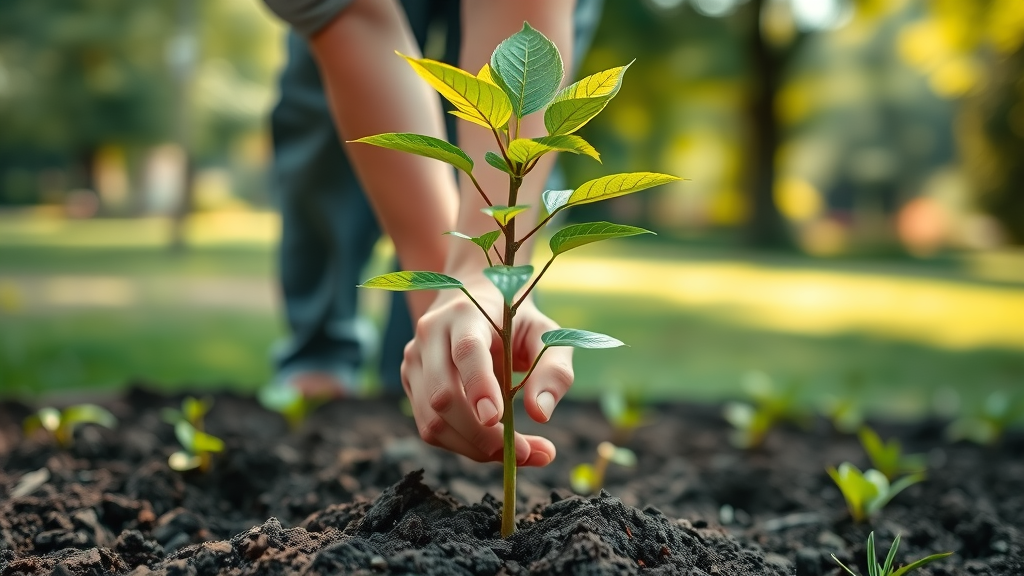
Write A Comment